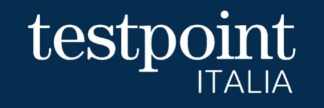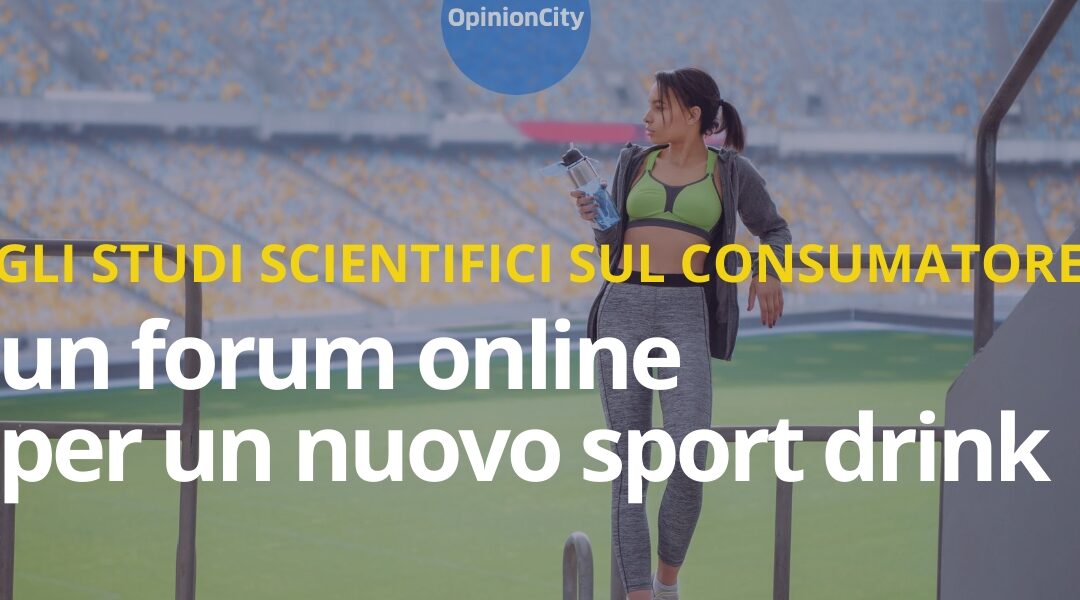If you were to launch a new energy drink on the market, one of those that are so much in vogue among today’s young people who play sports, what would you do? How would you know if the advertising concepts you are preparing are really effective in reaching your target customers?
Of course, it is necessary to carry out a market research: but what can be the best approach to reach and interview a good number of people with a certain profile, well distributed over a rather large territory, in a relatively short time? The most suitable methodology can be the bulletin board. What is it about? Let’s find out together.
The bulletin board
Testpoint recently carried out a bulletin board to evaluate an advertising concept for a new energy drink.
But what is a concept? It is the sketch, the idea around which the advertising campaign will have to be developed, it is the image or series of images that must immediately bring to mind the product, associating it with emotions that push the consumer to buy it. It is clear that this is a delicate moment in the creation of an advertising campaign: much of the economic investment in the new product depends on how well the concept is being proposed. It is not possible to make a mistake.
A bulletin board can be of great help in making the right choice. The bulletin board is a widely used methodology in market research because it allows you to reach a sample spread over a large geographical area, comparing the opinions of a large number of people at the same time. Participants must register on a platform where a moderator from time to time posts questions or asks participants to carry out a task which may consist in uploading photos, videos or simply commenting or comparing images that are proposed.
In our case, it was about evaluating some ideas for a concept regarding a new sports drink to be consumed during or after physical exercise to replenish mineral salts and recover strength.
How was the bulletin board carried out?
The research lasted 4 days and involved 20 participants. 20 people were recruited, men and women, aged between 18 and 40 years, all were regularly involved in sports, all were users of energy drinks.
After registering on a platform through the link that each one had received via email, in the first 2 days of research, the participants found questions on their energy drink consumption habits in the bulletin board. The moderator asked them to explain how and where they buy energy drinks, at what time of their day or sporting activity they consume them. It was possible to answer the moderator’s questions in various ways, with a written text, with a voice message, uploading a photo or a video relating to buying and consumption habits.
Over the next two days, concepts in development were presented. The moderator asked questions about images intended for use in advertising campaigns in newspapers or on street posters.
Let’s ask one of the participants to tell us about his experience. This is Giovanni, 32, from Rome, a regular gym-goer:
“An energy drink to replenish salts, carbohydrates and proteins is always present in my sports bag. This is why I was very happy to participate in this market research. It was not a question of tasting the drink or evaluating its qualities, but of choosing the images that seemed to me most appropriate to represent and advertise it.
I registered on a platform, where in each of the four days of research I found some questions to answer. It was not too heavy a commitment, I could connect at any time of the day and the task did not take more than 20-30 minutes.
Initially I was asked about my habits: when I go to the gym, how many times a week, how long I train etc. Then it was the turn of questions about my habits of consumption of energy drinks: where I buy them, when I drink them. The funny thing was that I could respond as I pleased, even with photos or short videos.
In the last two days there was the most interesting part: some images designed for the advertising campaign were proposed to me: it is up to me to evaluate them by giving my impressions and comments. At the end of the work I was asked which of the images I preferred or thought more appropriate. I must say that I had a lot of fun, I did not imagine that there was all this work behind the choice of an advertising campaign. What if they call me again for some other job? I would certainly participate.”

